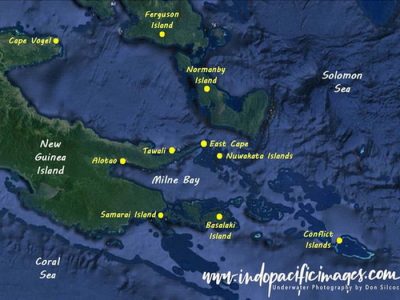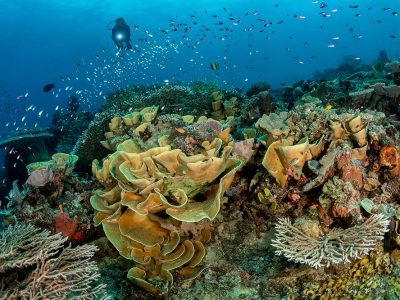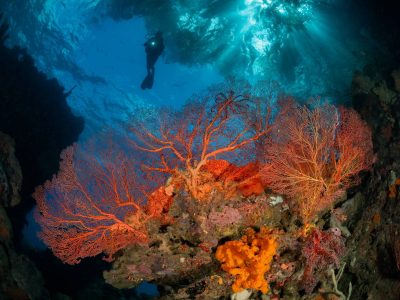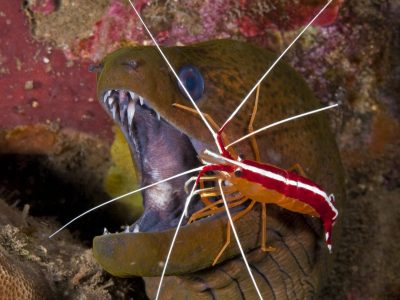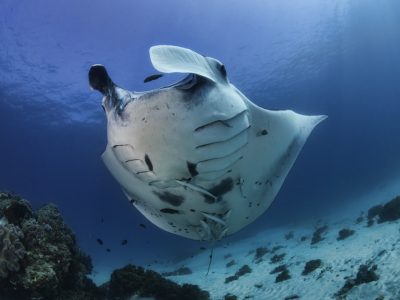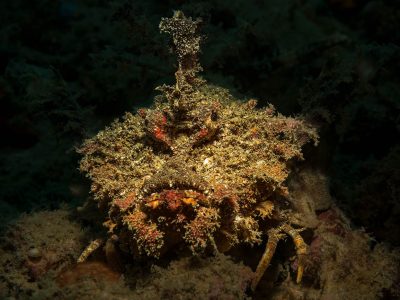
Diving Milne Bay – where it all began… the “spiritual home” of scuba diving in Papua New Guinea. This large bay on the tip of New Guinea island was what put PNG on the wish-list of traveling divers world-wide!
The catalyst was an expatriate teacher from England named Bob Halstead. Who, inspired by the pioneering underwater adventures of Hans and Lotte Hass, decided to build the first liveaboard dive boat in Papua New Guinea.
Which he did – using traditional methods and local craftsmen. The boat, the 20m MV Telita, was launched in the mid 1990’s and started operations in Milne Bay. With Bob as the skipper and his first wife Dinah as the hostess and cook.
It was Halstead’s numerous articles and images, published around the world, about their adventures that first introduced many divers (including me…) to Milne Bay!
Much has changed since those days, but diving Milne Bay is still as good as it always was.

Diving Milne Bay – Where Is It?
The area of Papua New Guinea referred to as “Milne Bay” is actually a bit confusing. Because in reality there are two Milne Bays… The first is the large, sheltered bay on the south-eastern tip of the main island of New Guinea. Named, as it is, after the British Admiral Sir Alexander Milne.
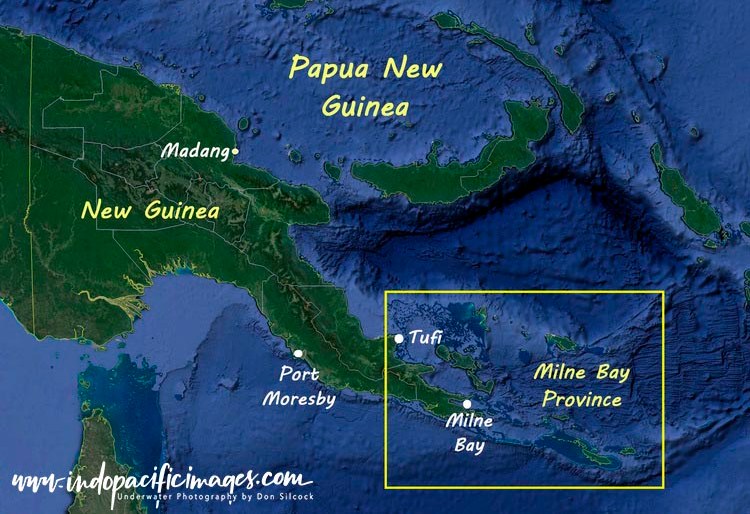
Then there is the much larger province of Milne Bay stretching out over a huge area covering almost 270,000 km².
Milne Bay became a major Allied air-base during WWII. And was also where the epic battle was fought against the invading Japanese forces in 1942.
Hailed as the first time the seemingly invincible Imperial forces were decisively defeated.
The province is roughly the size of the UK. But while there are over 600 islands, they cover just 5% of the total area – the rest is open water… And those islands fall in to four main groups. The Trobriands, the D’Entrecasteaux Islands, Woodlark Island and the Louisiade Archipelago.
Check out the links and sections below to learn more about this interesting and incredibly bio-diverse area of Papua New Guinea.
The Complete Guide to Diving Milne Bay
Milne Bay Diving – An Overview
Milne Bay Diving… Excellent reefs, superb critter sites, cruising pelagics and mantas… What a combination! But Milne Bay is a big place and the diving varies on where you are in the bay. In broad terms it is best to think of Milne Bay diving as what you can see and do in the north. …
Milne Bay North Coast Dive Sites
Milne Bay North Coast Dive Sites… The long and narrow peninsula forming Milne Bay’s north coast acts as a natural barrier, separating the bay from the Solomon Sea. This rugged, densely forested landscape is largely inaccessible, with only a few tracks near its East …
Deacon’s Reef – It’s Personal…
Deacon’s Reef was what started me on my personal journey (obsession…) to dive Papua New Guinea! And I can still remember the catalytic moment in late April 1988. I was living with my young family on the island of Bahrain in the Persian Gulf and working in the oil and …
Dinah’s Beach – Home of Muck…
Dinah’s Beach… On the Solomon Sea side of the peninsular that forms the north coast of Milne Bay is a small village called Lauadi. It’s a pretty place, with lush vegetation and a black sand beach. But very little else to distinguish it from many other similar villages in Milne Bay …
Milne Bay Manta Rays – Giants@Home
Milne Bay manta rays… The discovery of the manta ray cleaning station at Gona Bara Bara island is one of those classic Papua New Guinea diving stories. And illustrates again, just how rich the waters of Milne Bay are! Located near to the former district capital of Samarai Island and the famous …
Diving Samarai Island Jetty
Samarai Island jetty is another of Milne Bay’s signature dive sites… And is one of those places you can spend hour after hour exploring for critters in the general debris underneath the jetty and on its many rusting piles. There are two jetties at Samarai – the Government jetty on …

